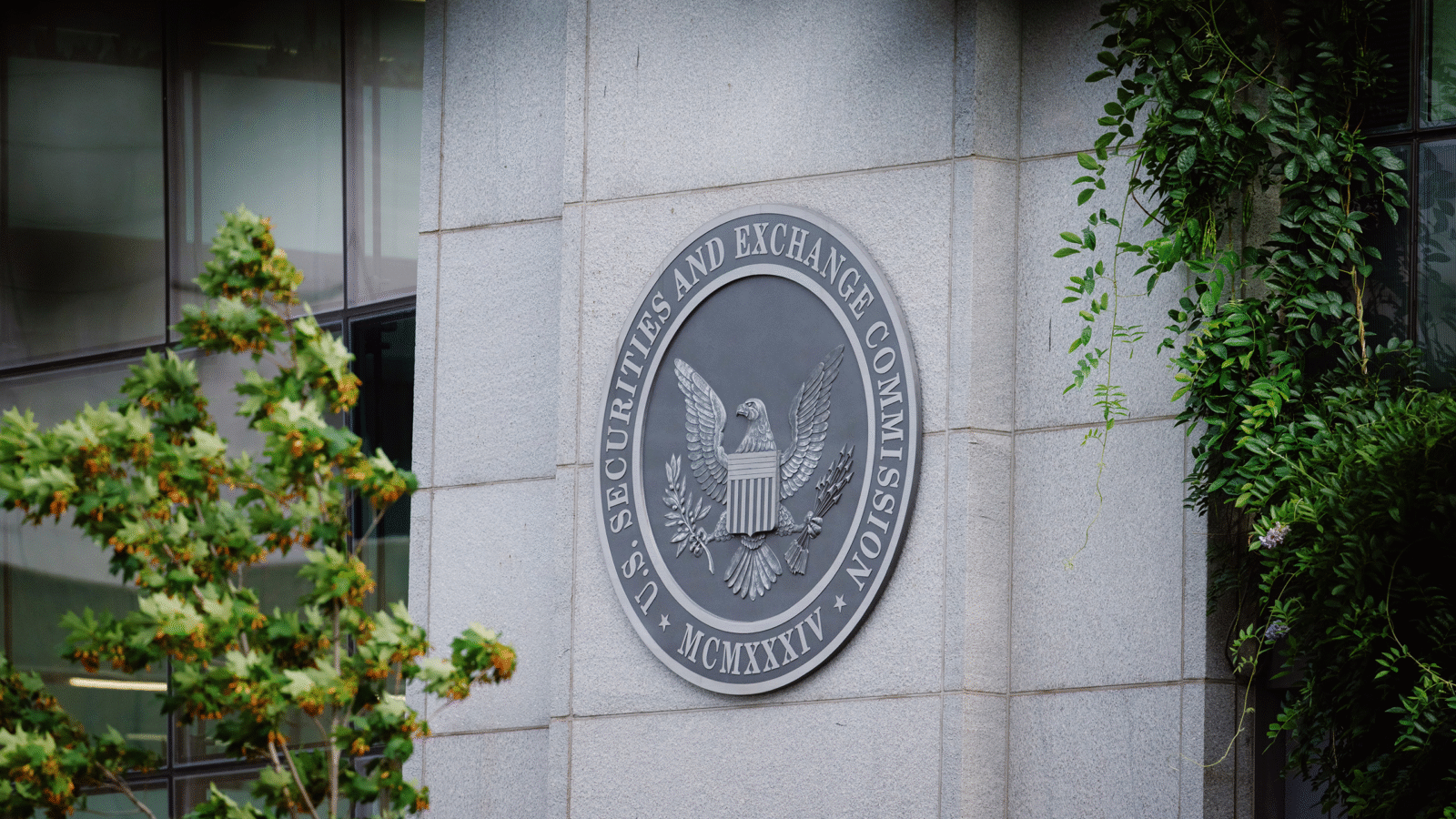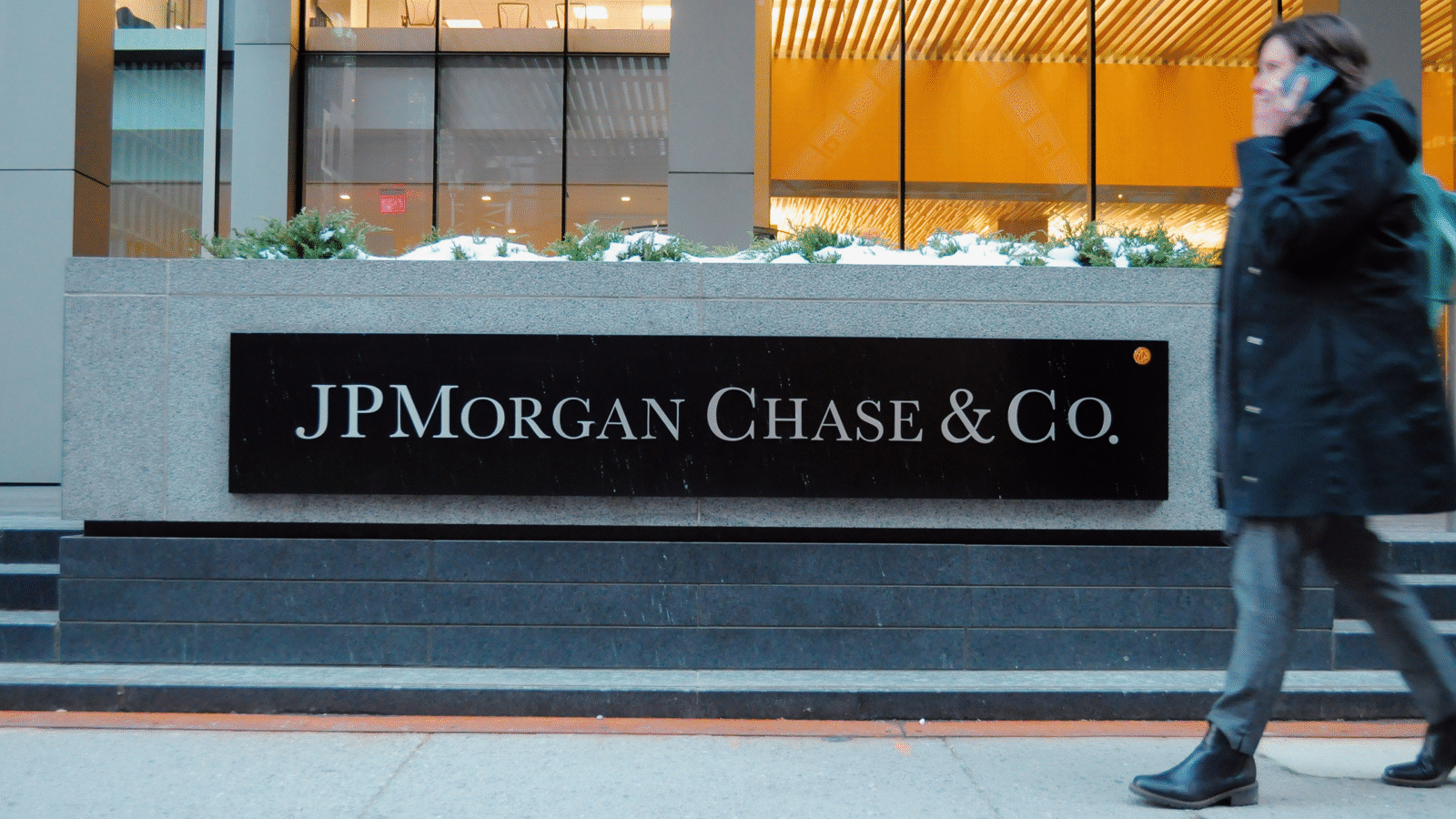Good morning.
Who’s up for a little travel?
International equity ETFs experienced record inflows of nearly $25 billion in June, compared with $24 billion for US equity ETFs, according to Morningstar. It’s the second month in a row the former have outpaced the latter.
Foreign markets also appear to be performing much better than their US counterparts. The Morningstar Global Markets ex-US Index gained almost 18% in the year through June, while the Morningstar US Market Index rose just 6% in that same time. For investors who took a chance overseas, foreign stocks cushioned them from the chaotic ups and downs of US equities in the first half of the year, per the market researcher.
Investors and clients aren’t abandoning the US altogether, but sometimes portfolios can benefit from a much-needed vacation.
What’s Inside the SEC’s Latest Crypto ETF Guidance

After more than a year of watching crypto ETFs run amok on the playground, regulators have finally shown up with a juice box and some ground rules.
The Securities and Exchange Commission rolled out some of its most detailed guidance yet for crypto exchange-traded products last week, zeroing in on risks relating to price volatility, potential hacks and market manipulation. The agency reported finding common misunderstandings in new crypto ETF filings and asked issuers to be much more specific about custody, including how they’re protecting private keys and whether they’re using cold, warm or hot storage. As assets in Bitcoin funds topped $131 billion last week, the new guidance is a clear signal that it’s finally time for crypto funds to put on the training wheels.
“This isn’t about slowing down innovation,” said Aisha Hunt, a principal at the law firm Kelley Hunt. “It’s about forcing a shift from boilerplate to substance.”
Stick a Fork in It
Interest in crypto ETFs has skyrocketed since the launch of the record-breaking iShares Bitcoin Trust ETF (IBIT) in January of last year. There are now dozens of new fund filings before the SEC, and some funds that track smaller coins, like Solana, are already trading. Along with a “plain English” overview of the trust, the agency said prospectuses should also include information regarding:
- Incidental rights, including “forks, airdrops, or similar events,” that either split the networks or produce more coins for investors.
- The fact that underlying crypto per share will decline as assets are sold to pay fees and expenses.
For investors, it raises the bar for transparency and should help advisors and their clients better understand how new crypto products are operating. For issuers, it can help streamline the approval process. “It’s a wake-up call to rethink disclosure as an ongoing risk management function,” Hunt told ETF Upside. “The SEC wants issuers to show they actually understand, and can communicate, the unique operational and market risks of crypto assets.”
Can I Drive? The SEC’s shift from a more oppositional stance under former chairman Gary Gensler to a more accepting framework under Atkins doesn’t mean the agency is taking its hands off the wheel, Hunt added. Instead, it may be proof that regulators are beginning to take these products much more seriously. “If anything, the approval wave created a new urgency to tighten guardrails,” she said. “The message is clear: Permission doesn’t mean passivity.”
How Active Bond ETFs Beat Passive 89% Of The Time

Bond ETF investors may be losing out. Many are in core bond funds that track an index capturing just 19% of the global fixed income market1. As a result, a large number of passive investors are leaving more than 80% of the market untouched.
Allspring’s actively managed ETFs — AFIX and APLU — expand the playing field, covering more of the worldwide bond market in active pursuit of opportunities. Further, Allspring’s experienced portfolio managers seek to identify mispriced bonds, manage evolving credit risks, and have the capacity to leverage flexibility in fast moving and volatile markets.
Since 2008, active strategies in Morningstar’s Intermediate Core-Plus Bond category have outperformed their benchmark 89% of the time2 in rolling five-year periods — a track record that highlights the advantage of skilled, flexible, active management compared to index-based approaches.
With decades of active investment experience, Allspring blends its deep expertise with the transparency, liquidity, and cost and tax efficiency inherent in ETFs.
Explore Allspring’s Active Bond ETFs.*
*Carefully consider a fund’s investment objectives, risks, charges, and expenses before investing. For a current prospectus and, if available, a summary prospectus, containing this and other information, visit allspringglobal.com. Read it carefully before investing.
Investing involves risk, including the possible loss of principal. Allspring ETF Funds are not available for distribution outside of the United States. Allspring Funds Distributor, LLC (Member FINRA/SIPC).
State Street’s PRIV Lands First Daily Inflows in Months
Don’t call it a comeback.
Inflows into State Street’s much anticipated PRIV, the first exchange-traded fund to package public and private investments into a single product, have dried up in notable fashion over the past three months. Well, don’t look now, but the SPDR SSGA IG Public & Private Credit ETF pulled in more than $18 million in assets over two days last week, marking the first time there were net inflows in the fund since March 4, according to FactSet data. It’s a head-scratching dry spell for a fund that was the toast of the town in late February but has struggled to land a date ever since.
“The inflow is not very substantial in the context of State Street’s ETF assets or the overall industry,” said Aniket Ullal, head of ETF research and analytics at CFRA. “Given the initial anticipation around this launch, it is more surprising that PRIV had zero inflows over a three-month period.”
New Kids on the Block
The issue may just be the fund’s novel approach, which led the SEC to fire off a sternly worded letter to State Street just hours after its launch in March. The agency listed a number of concerns — like liquidity, valuations and even its name — that State Street said would be addressed the following day. It was a bizarre exchange that may have left some advisors favoring a wait-and-see approach while others hold out for the fund to build a performance track record before testing the waters.
PRIV has gained about 1.3% on a total return basis since its Feb. 26 launch, according to an analysis by Bloomberg. That’s on par with other ETFs that hold similar corporate debt:
- The iShares iBoxx $ Investment Grade Corporate Bond ETF returned 0.9% over that same time.
- The iShares iBoxx High Yield Corporate Bond ETF has gained about 2%.
Just Got Ghosted. Funds that combine public and private assets are still very much in their infancy, and it’s probably too early to judge success on the whole. Keep in mind, other structures like interval funds or closed end funds may be more attractive to investors for these kinds of private credit opportunities, Ullal said. While ETFs are known for their simplicity and ease of trading, private credit — which doesn’t trade daily as public equities do — may simply be better suited to funds that price monthly or quarterly.
“Advisors probably need more time to learn and evaluate this asset class, so it would be premature to conclude at this stage that there will be no advisor interest in the future,” Ullal said.
JPMorgan Files to Launch Money Market ETF

Money doesn’t grow on trees — it grows in money markets, a resource that JPMorgan plans to help ETF investors access more easily as markets seek shelter from increasing volatility.
The bank applied last month for SEC approval of the actively managed JPMorgan 100% US Treasury Securities Money Market ETF, which would invest exclusively in Treasury bills, bonds and notes, according to the filing. The move, along with recent money market ETF launches by Schwab and BlackRock, shows how issuers are capitalizing on investors’ appetite for lower-risk options amid geopolitical uncertainty and ETF hype.
Still, inflows have yet to match the rapidity of recent money market ETF launches, according to Matthew Bartolini, State Street’s head of Americas ETF research. “They’re really new,” Bartolini said. “With any new thing, you want to see how it does, how its performance is, and if the use case is valuable enough to rotate from what you’re doing right now.”
Money (Markets) to Be Made
Money market funds — which invest in short-term, low-risk securities like US Treasury bills, municipal debt or corporate bonds — have been around as long as ETFs have existed. JPMorgan’s Prime Money Market Fund (VMVXX), a mutual fund that invests in both US government securities and debt issued by American and foreign corporations, began trading in 1993. Money market ETFs let clients who want an all-ETF portfolio include a cash management vehicle in it. “That same client could have been like, ‘Well, for my cash purposes, I’ll hold an ultra-short, active strategy.’ There’ve been those options, just not within a money market wrapper,” Bartolini said. “With that money market wrapper, you might get different clients to use it who prefer money markets for their cash sweep vehicle.”
Other big players in the money market fund space include:
- Vanguard’s Federal Money Market Fund (VMFXX), which invests in cash and short-term securities issued by the US government and is up 2.2% year-to-date;
- Schwab’s Value Advantage Money Fund (SWVXX), which invests in US and foreign entity-issued short-term securities and is up 2% year-to-date;
- And Invesco’s Government Money Market Fund (INAXX), which invests in cash, government securities and repurchase agreements. It’s up 1.7% year-to-date.
A Sea Change. The recent launches are also representative of what experts describe as a shift toward mutual fund strategies being used in ETFs. Bartolini said JPMorgan’s move is unsurprising given the recent boom in other structured note products, like buffer ETFs. “This is another proof point of the ETF industry maturing,” he said, “and entering into different markets for investors to utilize strategies typically confined to mutual funds.”
Extra Upside
- Red, White and Blue Chip. Trump Media looks to expand offerings with ETF that tracks five major cryptocurrencies.
- Losing Steam? ETF experts weigh in on Bitcoin’s mostly flat price for the past two months.
- Proven Expertise Meets ETF Innovation. Allspring seeks to deliver superior fixed income performance through the use of skilled security selection and credit analysis, combining seasoned active management with the benefits of an ETF. Explore Allspring’s AFIX and APLU ETFs.**
** Partner
ETF Upside is written by Emile Hallez. You can find him on LinkedIn.
ETF Upside is a publication of The Daily Upside. For any questions or comments, feel free to contact us at etf@thedailyupside.com.
Footnotes
1 Percent of total global outstanding debt; sources: SIFMA and Bloomberg Finance L.P. as of December 31, 2023.
2 © 2025 Morningstar. All rights reserved. The information contained herein is proprietary to Morningstar and/or its content providers; may not be copied or distributed; and is not warranted to be accurate, complete, or timely. Neither Morningstar nor its content providers are responsible for any damages or losses arising from any use of this information. Past performance is no guarantee of future results.

